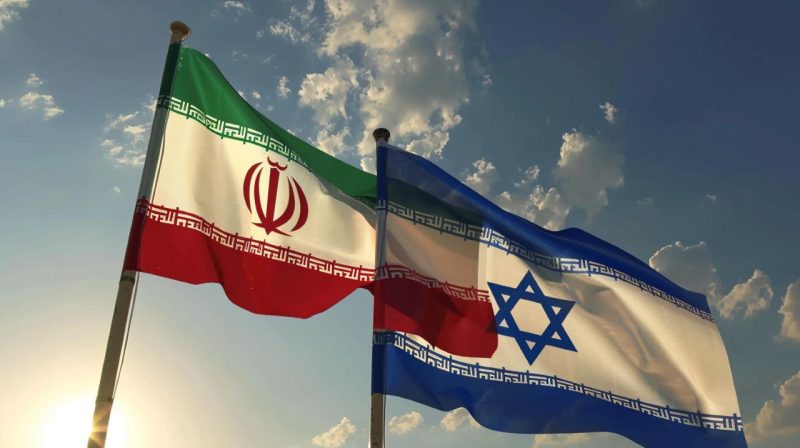
In a recent surge of military tension between Israel and Iran, the conflict has escalated beyond proxy skirmishes to direct engagements, marking a significant shift in the longstanding adversarial relationship between the two nations.
This escalation follows a pattern of aggressive posturing and military exchanges that have heightened regional instability.
Prelude to Retaliation
The catalyst for the latest Israeli strikes was an Iranian-led attack on April 13, 2024. Coordinated by the Islamic Revolutionary Guards Corps (IRGC) and supported by militias like Hezbollah and the Houthis, this assault involved drones, cruise missiles, and ballistic missiles targeting both Israel and the Israeli-occupied Golan Heights. Labelled as Operation True Promise, this attack was Iran’s response to an earlier Israeli airstrike on April 1, 2024, that bombed an Iranian consulate annex in Damascus, killing several high-ranking Iranian officials.
Israel’s Defensive and Offensive Responses
In retaliation, Israel’s military response was swift and decisive. Utilizing advanced missile defense systems such as Arrow 3 and David’s Sling, Israel claimed successful interception of the vast majority of the incoming projectiles, a testament to its high-tech military capabilities. This defensive action was critical in preventing significant casualties and damage within Israeli territory.
Further, on April 19, 2024, Israel executed targeted airstrikes in Iran. These strikes were part of a carefully calibrated response, aiming to avoid broader conflict escalation while demonstrating Israel’s readiness and ability to reach deep into Iranian territory. These operations targeted specific military installations associated with Iran’s missile and nuclear capabilities, underscoring a strategic approach to deterrence.
Broader Regional Impact and International Reactions
The recent confrontations have not only reinforced the perilous state of Israeli-Iranian relations but also prompted broader international concerns about the stability of the Middle East. Several nations, including the United States and European countries, have been involved either directly or through diplomatic channels, attempting to mediate and reduce tensions. The involvement of global powers highlights the potential for this regional conflict to have far-reaching implications (Wikipedia) (The Times of Israel).
Looking Forward
As the situation continues to develop, the international community remains on high alert. The strategic maneuvers in the Middle East are closely monitored, with the hope that further escalation can be avoided. However, the volatile nature of Israeli-Iranian relations suggests that stability is tentative, and the potential for further conflict is a persistent concern.
The recent military engagements between Israel and Iran mark a significant escalation that could shape the future geopolitical landscape of the Middle East. Both nations have demonstrated their military capabilities and strategic postures, setting the stage for a tense period of watchfulness and potential diplomatic negotiations. The outcome of this conflict will depend heavily on the actions of not only the primary actors but also the international community’s response to these aggressive maneuvers.
